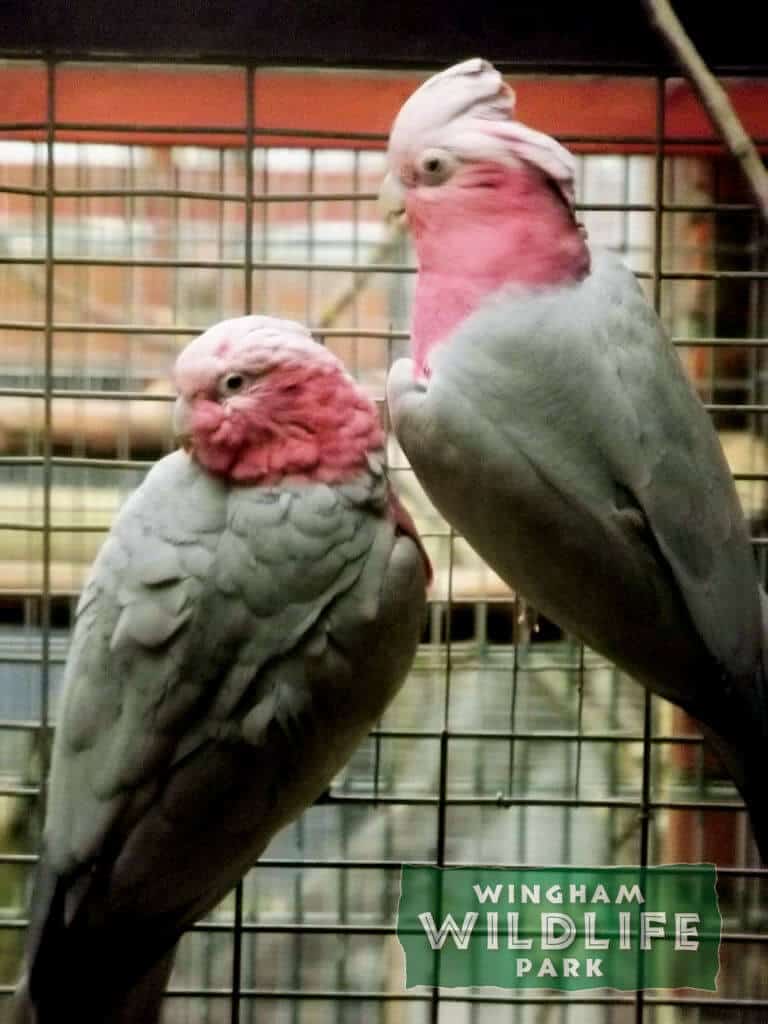
Galah Cockatoo Natural History
Size
This bird reaches a length of around 35cm and can weigh between 300g and 400g.
Habitat and Distribution
The Galah is one of the most common and widespread cockatoos and can be found in open grassland and open woodland across most of mainland Australia and Tasmania.
Age
These birds live for between 40 and 50 years.
Diet
The majority of their diet is made up of seeds, wheat, oats, a small amount of fruits & berries and a variety of grasses. However, they will also dig through grass and dirt to find a variety of insects, larvae and shallow plant roots as part of their diet. Leaves, buds and flowers also make up part of their diet but a number of food items are only seasonally available.
Groups and Breeding
Females lay between 2 and 5 eggs in tree cavities where they are incubated by both parents for around 25 days before hatching. Pairs will form life long bonds and stay true to one another each year during breeding.
Threats
This species does not have many threats to its population partly due to the export ban on animals leaving Australia for the pet trade but also because their preferred living conditions suit them very well for the land which is cleared by humans for farming and building. These birds are becoming increasingly common in urban settings.
Interesting Facts
The name Galah comes from its name in Yuwaalaraay and neighbouring aboriginal languages where the bird is called Gilaa. The term galah is also used as a derogatory term, meaning idiot.
Galah Cockatoos During Your Day Out in Kent
At Wingham Wildlife Park the Galah Cockatoos are housed with other bird species such as Double Yellow-headed Amazons, Medium Sulphur Crested Cockatoos and Lesser Corella Cockatoos. They are located opposite the Education Centre in the long flight aviary and occasionally enjoy enriching freshly cut flowers. Their names are Sheila, Bruce, Natasha, Tony, Clint, Pinkie, Steve, Peter, Loki, Thor, Poppy, Stan and Wade.
The more you know…
Want to know more about this animal? Check out our keeper blogs about them here.